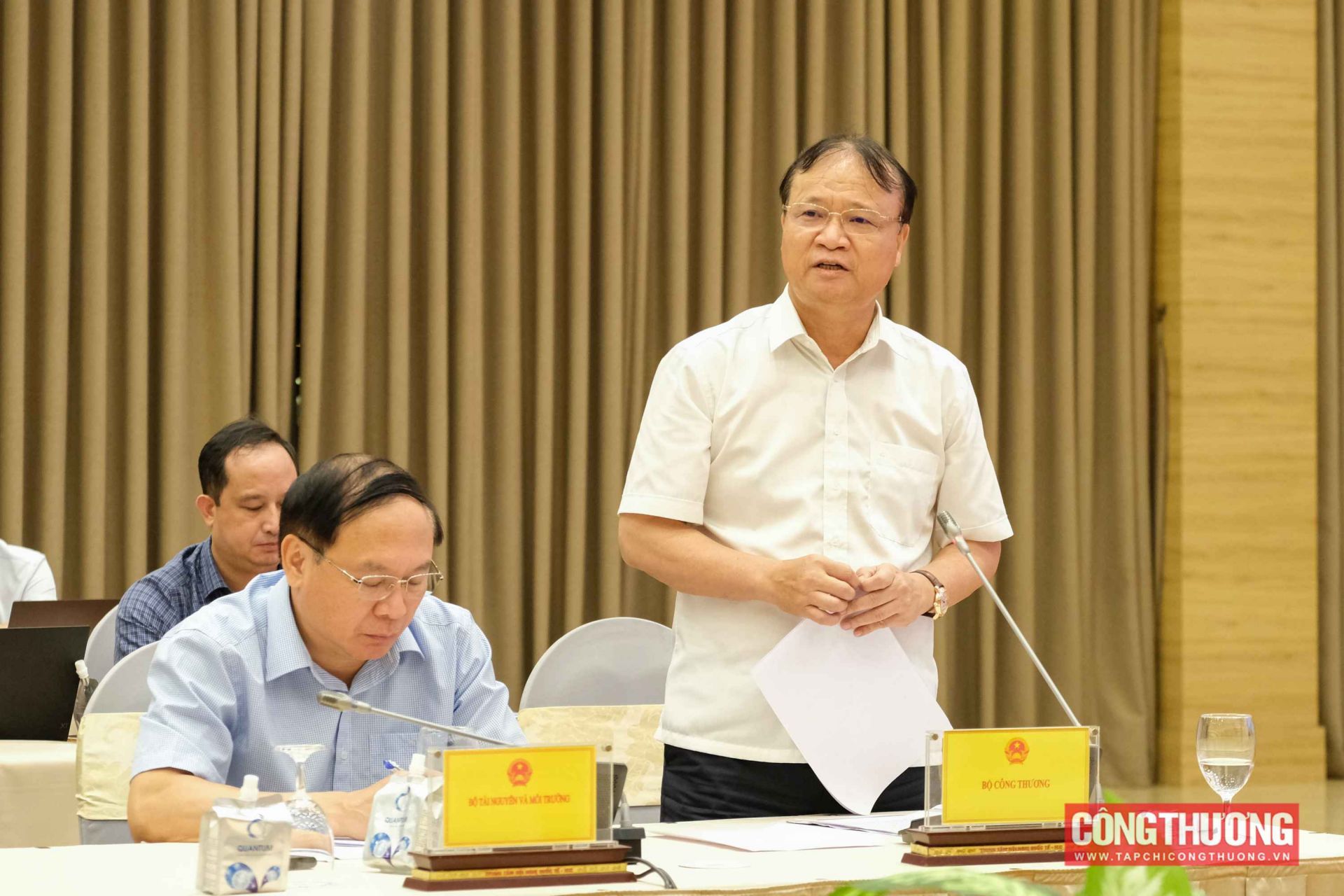HCMC – The northern region of Vietnam will no longer experience power shortages for the remainder of the year.
Deputy Minister of Industry and Trade Do Thang Hai said at a Government press conference on July 4 that the ministry’s statistics showed electricity generation and importation in June increased by 3.4% against the same period last year at over 25.3 billion kWh. In the first half of the year, the country generated and imported over 136 billion kWh of electricity, a 2.2% increase over the previous year.
The power supply in the northern part of the country ran short in May and June due to scorching weather, high power demand, and critically low hydropower reservoir water levels. These issues resulted in power cuts and rolling blackouts in some parts of the north.
While the national power generation in July, particularly in the north, is not fully back to normal due to prolonged hot weather and low water levels in reservoirs, Hai reassured that there will be no power shortage for businesses and households until the end of the year.
The Electricity Regulatory Authority of Vietnam reported that recent heavy rains have improved water flows into hydroelectric reservoirs in the north. Water levels in reservoirs such as Son La, Lai Chau, Tuyen Quang, and Ban Chat are 12 to 27 meters above the dead levels.
It is forecasted that the hydroelectric water levels will continue to improve as water flows into reservoirs increase, ensuring sufficient power supply averaging between 412-425 million kWh per day. In the absence of flooding, the remaining reservoir water levels, combined with natural water flows, can be utilized to generate electricity and ensure power security for the north.
Hai also outlined four short-term solutions to address power shortages and cuts in the northern region, including adequate fuel supply, effective handling of incidents at thermal power plants, optimized operation of hydropower plants, and promoting energy savings.
He emphasized the need to expedite power source and power network building projects in the long term to meet the growing power demand.









